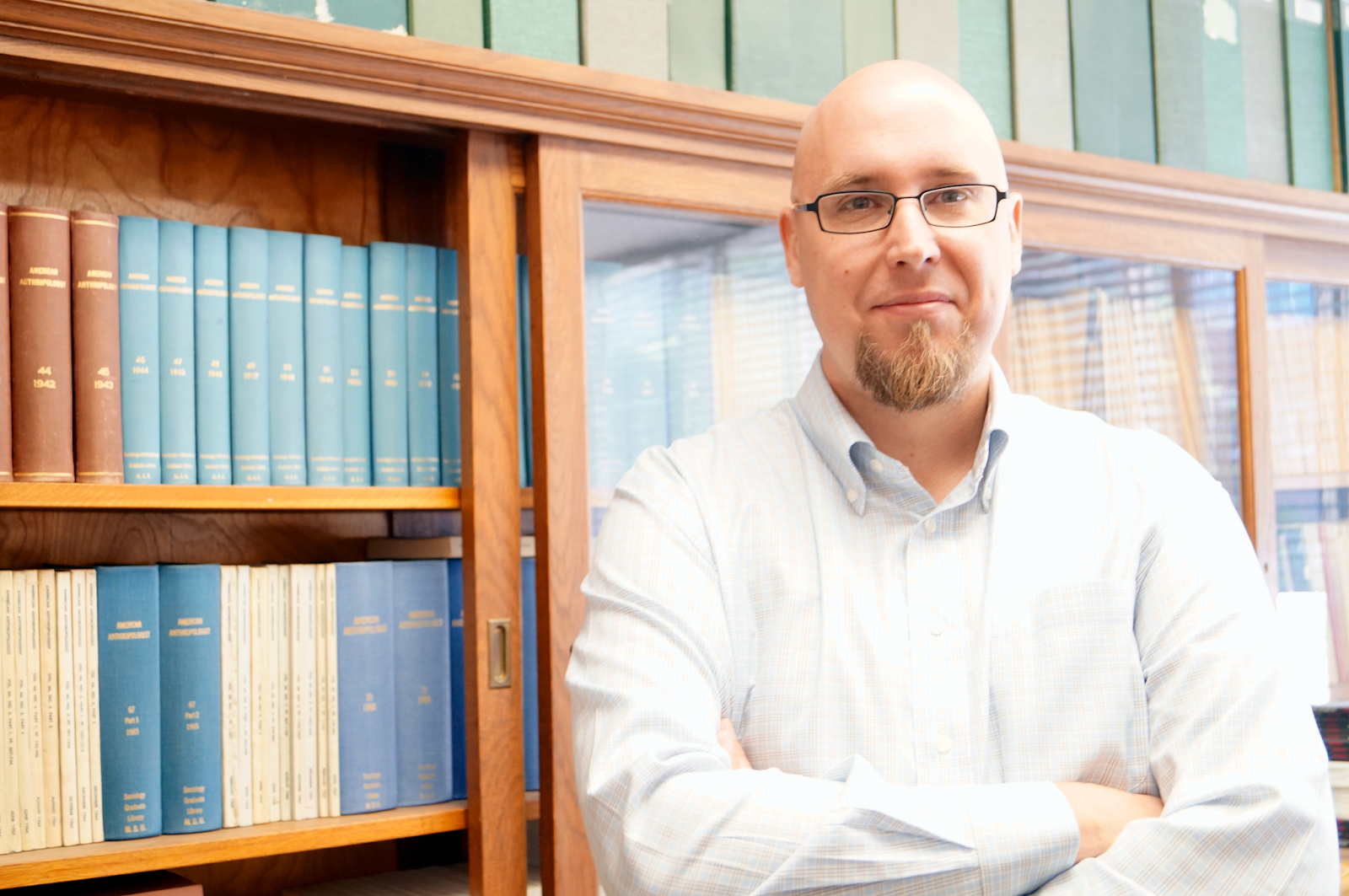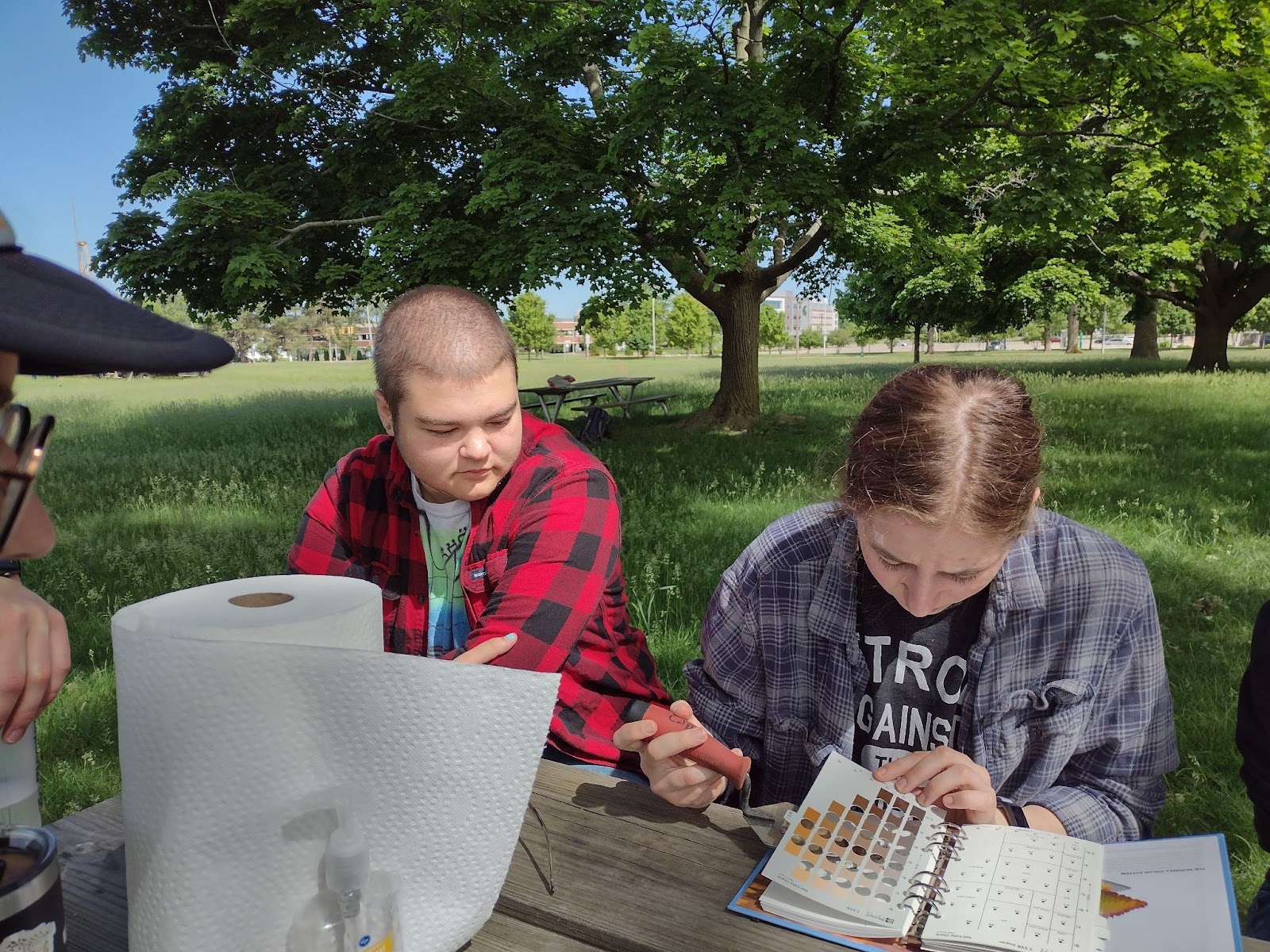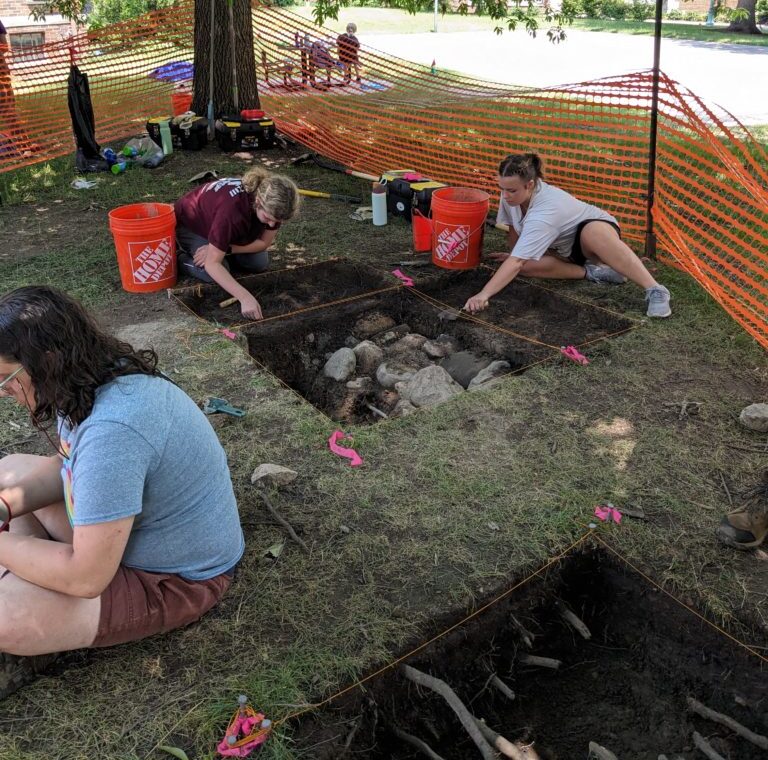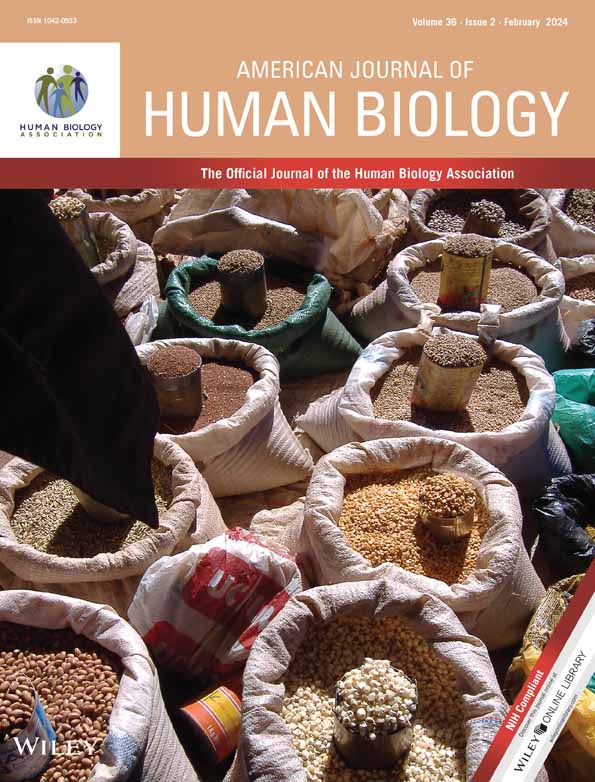-

Society of Antiquaries elects first MSU professor Dr. Ethan Watrall as fellow
The Society of Antiquaries elected Dr. Ethan Watrall, associate professor in the Michigan State University Department of Anthropology, as a fellow. The Society of Antiquaries was founded in 1707, and represents the oldest learned and prominent scholarly society focusing on heritage and archaeology. The society’s 3,000 elected members include some of the most prominent scholars and […]
-

Anthropology undergraduate Levi Webb: Passion for the stars and the people below them
Levi Webb’s academic advisor suggested he add a minor in computational modeling or mathematics, a more “typical” pathway for an astrophysics major, but after taking anthropology-based ISS courses on different cultures and perspectives, Webb decided to follow his passion. “As someone who earned an International Baccalaureate Diploma in high school and, thus, came to MSU […]
-

Campus Archaeology Fieldschool’s Excavation of MSU’s First Observatory Featured in Local Media
In summer of 2023, workers from Michigan State University Infrastructure Planning and Facilities, were installing hammock posts close to student residence halls near West Circle Drive when they encountered a hard, impenetrable surface under the ground. The discovery turned out to be the archaeological remains of MSU’s first observatory. Located just behind what is now Wills […]
-

The Department of Anthropology Welcomes new MSU Museum Archaeology Collections Manager, Samantha Ellens
The Department of Anthropology is happy to welcome the new MSU Museum Archaeology Collections Manager, Samantha Ellens. The position of Collections Manager is jointly supported by the MSU Museum and the Department of Anthropology. Samantha will be responsible for the care, preservation, and documentation of the archaeological collections that are managed and curated collaboratively by […]
-

Associate Professor Dr. Masako Fujita publishes in American Journal of Human Biology
Department of Anthropology Associate Professor Dr. Masako Fujita, along with her student Amulya Vankayalapati of Lyman Briggs College at Michigan State University and her veterinary epidemiologist collaborator George Wamwere-Njoroge of the International Livestock Research Institute in Kenya, has published an article in American Journal of Human Biology. The article is titled “Effects of household composition […]
-

Professor Dr. Gabriel Wrobel receives Fulbright Specialist Award to Belize at Institute of Archaeology
Department of Anthropology Professor Dr. Gabriel Wrobel has been awarded the Fulbright Specialist Award to complete a project with the Institute of Archaeology in Belize. At the Belize Institute of Archaeology, Dr. Wrobel will be giving talks about archaeology, cultural heritage, bioarchaeology, and digital heritage for high school and college students with the goal of […]
-

Associate Professor Dr. Mara Leichtman publishes in Ethnography
Department of Anthropology Associate Professor Dr. Mara Leichtman published an article in Ethnography, in part of a special journal issue titled “Transnational Giving: Evolving Religious, Ethnic and Political Formations in the Global South.” The article title is “Humanitarian Sovereignty, Exceptional Muslims, and the Transnational Making of Kuwaiti Citizens.” This article explores the changing relationship between […]
-

Dr. William Lovis showcases new research in archaeological chemistry journal
Professor Emeritus Dr. William Lovis from the Michigan State department of Anthropology recently coauthored a chapter in the journal Chemistry in the Service of Archaeology: Dating and Materials Analysis, part of the American Chemical Society Symposium Series. Lovis and his team of researchers from Wisconsin-LaCrosse, Eastern Michigan, Sherbrooke (Canada) and Muhlenberg College presented their findings […]
-

Assistant Professor Dr. Kurt Rademaker and Ph.D. Candidate Emily Milton publish in Quaternary Science Reviews
Department of Anthropology Assistant Professor Dr. Kurt Rademaker and Ph.D. Candidate Emily Milton, along with lead author Ph.D. Candidate Sarah Meinekat of the University of Tübingen, M.A. Student Brett Furlotte of the University of Saskatchewan, and Dr. Sonia Zarrillo of the University of British Columbia, published in Quaternary Science Reviews. The article is titled “Fire […]
-

Indigenous Graduate Student Collective offers support, programming centered around the Indigenous community
Michigan State is home to a diverse group of students from hundreds of different backgrounds and lifestyles, and nearly as many campus organizations exist to support these students. The MSU Indigenous Graduate Student Collective is one such group. The Indigenous Graduate Student Collective is a group of both Indigenous and non-Indigenous graduate students dedicated to […]